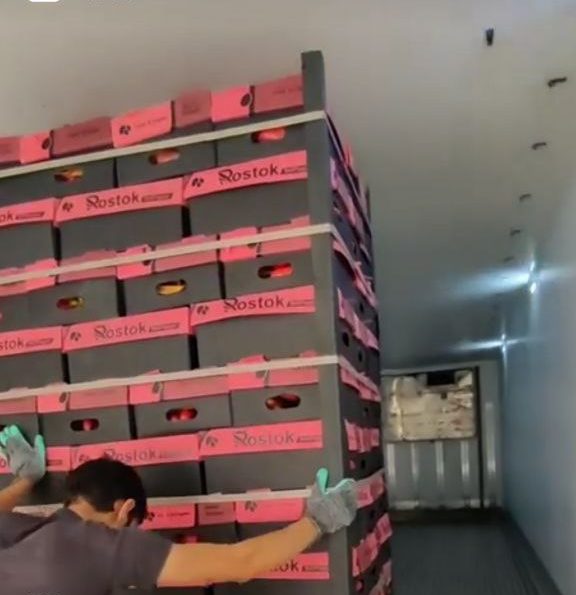There are two main elements essential for storing vegetables: the warehouse itself and the equipment inside it, such as shelving. A third option combines both — rack-supported buildings, where the shelving is integrated into the structure of the warehouse. Each component must play its role in maintaining a consistent temperature throughout the facility.
Cold storage facilities are generally divided into two categories based on temperature:
- • Above-zero cold storage, with a controlled temperature range of 0 to 10°C. (Used in the sorting industry for vegetables)
- • Below-zero cold storage, with a controlled temperature range of -30 to 0°C.
Rostock Company has tackled many challenges in storage and cold warehousing by carefully selecting equipment — such as shelving and conveyors — that optimize space usage and ensure efficient service. By implementing automation and semi-automation, they have also succeeded in reducing overhead labor costs
Additional Factors for Cold Storage Success
There are many considerations beyond just the warehouse and its equipment. For instance, the entry and exit points for goods must also be cooled to appropriate temperatures. It is common to have a secure airlock system with two doors that never open simultaneously. This helps prevent cold air loss, condensation, or frost buildup. Proper ventilation is also essential for maintaining a consistent temperature throughout the facility — all of which Rostock Company has successfully addressed, delivering top-tier solutions to its clients.




